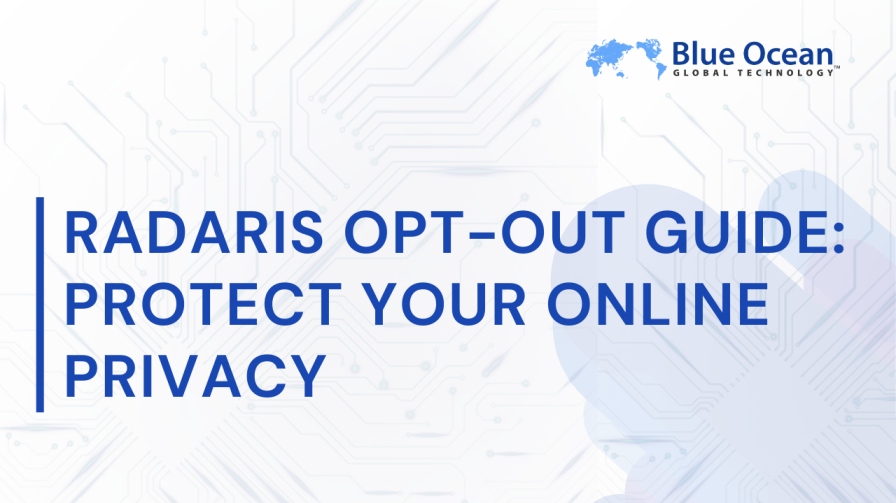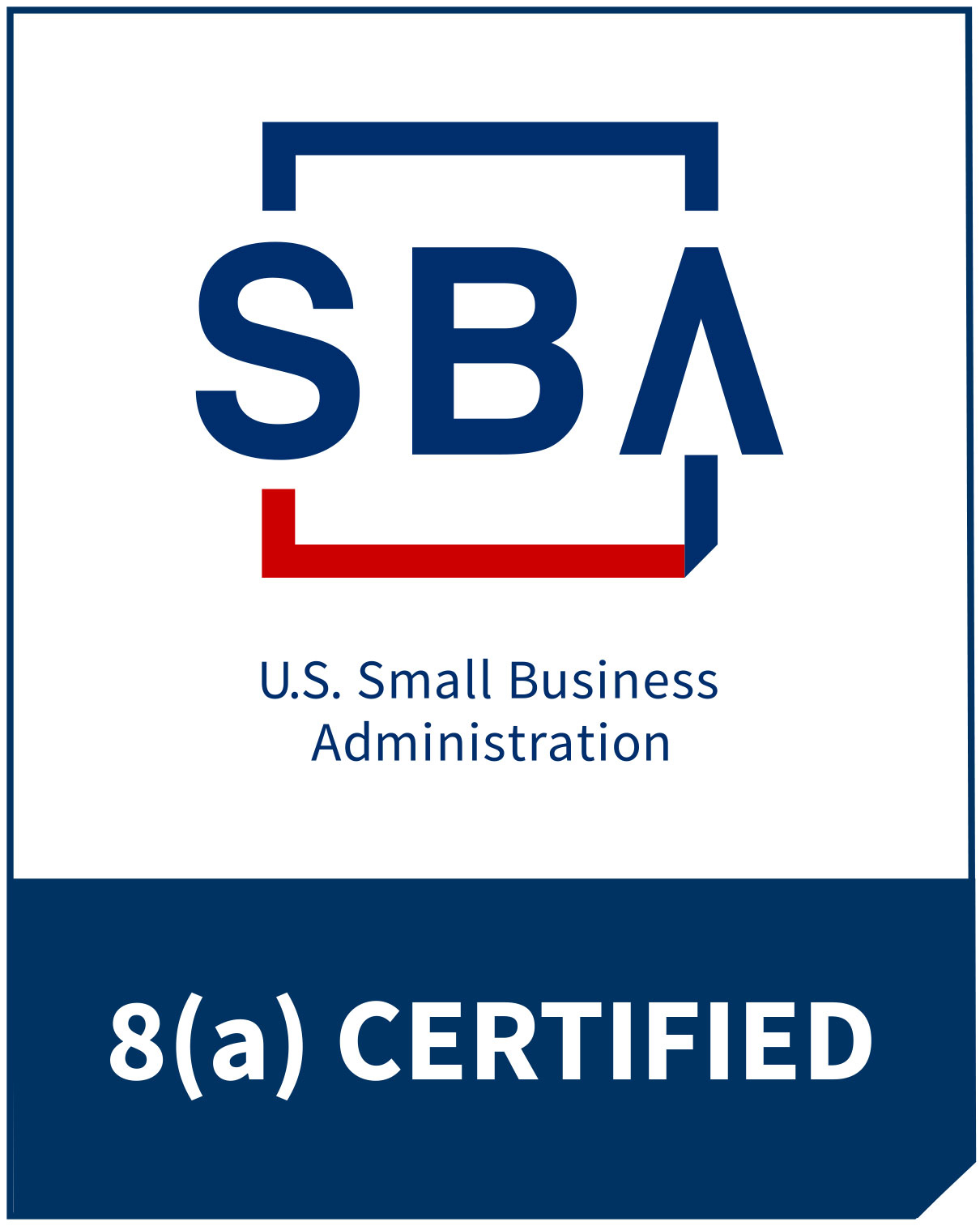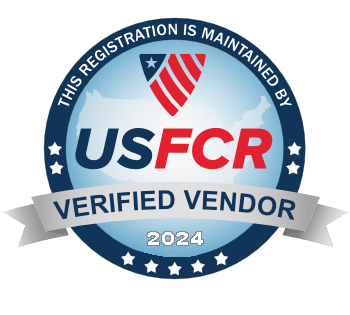Negative news articles can significantly impact reputations and professional opportunities. With search engines amplifying harmful stories, individuals and businesses often struggle to manage such content effectively. The steps to remove or suppress damaging news require a combination of legal tools, outreach, and personal reputation management strategies.
This guide provides actionable steps for addressing negative news, from contacting publishers to leveraging removal forms and suppression techniques. Blue Ocean Global Technology specializes in navigating this intricate process, offering expert services to ensure lasting reputation protection and strategic online visibility.
Why Do News Stories Appear Online?
News stories appear prominently in search results due to online journalism, search engine optimization (SEO), and algorithmic preferences. Google and other search engines prioritize new, relevant, and authoritative content, which explains why certain stories maintain visibility over time.
How do search engines prioritize news content?
Search engines rank news articles based on a variety of factors, including their timeliness and the reliability of their sources. Features such as backlinks, user engagement, and keyword optimization by publishers contribute significantly to the visibility of news stories.

Can news stories about individuals be flagged for removal?
Yes, certain news stories may qualify for removal when they infringe upon privacy, spread misinformation, or include defamatory content. For such cases, Google provides specific policies, such as addressing non-consensual personal information or unauthorized explicit material.
What if the news dominates my search results?
Negative news can persist in search results due to increased clicks or the absence of competing positive content. To address this, a dual approach of removal and suppression is often required to ensure effective long-term results.
Removing News Articles: Step-by-Step Guide
The removal of news articles is a multi-step process involving direct engagement with publishers, legal recourse, and search engine-specific tools. Each step demands accurate execution and strategic approaches.
How to contact the publisher directly?
Before escalating to legal options, contacting the publisher should be your first step. This requires crafting a clear and professional takedown request. Emphasize concerns such as factual inaccuracy, privacy invasion, or potential harm.
- Locate the publisher’s contact page and review their policies for content correction or removal.
- Use a concise, professional tone when drafting your request, clearly outlining your concerns.
- Provide evidence or context, such as an explanation of inaccuracies or legal violations, to strengthen your argument.
How do legal claims work for removal?
When publisher outreach is unsuccessful, legal intervention may become necessary. Claims of defamation, violations of privacy rights, or intellectual property theft can serve as grounds for legal action.
- File a formal defamation lawsuit or privacy complaint if measurable damage has occurred.
- Obtain a court order if required, as legal decisions often carry weight with search engines like Google when processing removal requests.

What are Google’s removal request options?
Google provides tools for users seeking to remove harmful content from search results. The “Legal Removal Request” form and the “Remove Outdated Content” tool can both be utilized, depending on the nature of the content and Google’s policies.
- The Legal Removal Request form covers content that violates Google’s policies, such as explicit material or private information.
- The Remove Outdated Content tool applies to cases where old web pages remain cached in search results.
What if publishers deny my request?
If publishers refuse to remove content, options may include escalating to legal action or employing strategic suppression techniques. Persistent visibility issues highlight the importance of expert assistance in such cases.
Suppressing Negative News Articles Effectively
When removal attempts fail or are deemed inadvisable, suppression serves as a viable alternative. This process focuses on creating and amplifying positive content to overshadow negative articles in search engine rankings.
How does content suppression work?
Content suppression increases the visibility of favorable material by optimizing it for search engines. High-quality blogs, personal websites, and social media updates help to push negative articles down in search engine results.

Should I post on multiple platforms?
Yes, leveraging multiple platforms allows your positive content to carry greater authority online. Publishing on platforms like Medium, personal blogs, and professional LinkedIn pages ensures that your efforts reach a wider audience and achieve better search influence.
Tools that enhance suppression efforts:
With the help of advanced tools, suppression strategies become more effective:
- Google Alerts: Monitors mentions of your name or brand to identify emerging content issues.
- SEMrush: Analyzes search trends, helping refine and optimize content strategies to improve rankings for new material.
Key suppression tactics:
Effective suppression incorporates consistent engagement and targeted efforts, including:
- Publishing high-quality, search-optimized material regularly.
- Utilizing established influencers or collaborators to drive visibility.
Reclaim Your Reputation
Reclaim your online reputation today. Contact Blue Ocean Global Technology to start your personalized removal strategy.
News Article Removal Risks and Legal Challenges
While news removal can be effective, attempts to do so without understanding the potential repercussions can lead to legal or reputational risks. It is crucial to approach these situations with accurate guidance and expert assistance.
What are the risks of improper removal attempts?
Poorly executed removal requests can lead to unintended consequences:
- Potential litigation for baseless claims or frivolous lawsuits.
- Increased attention to harmful articles, making suppression more challenging.
Are there specific legal pitfalls to avoid?
Careless legal intervention may worsen the situation. Misjudged defamation claims or disregarding privacy laws can trigger counteractions or lead to public backlash. Ensuring accuracy and credibility in all approaches is vital.
How can monitoring tools mitigate risks?
Regular online monitoring can help reduce risks by identifying negative content before it gains significant traction. Tools like Google Alerts or professional monitoring services allow early intervention.

Why is expert support critical for complex cases?
Handling complex cases without professional support often results in delays and errors. Blue Ocean Global Technology provides tailored solutions, navigating legal, technical, and logistical challenges to mitigate risks and achieve successful outcomes efficiently.
Conclusion
Removing or suppressing negative news from Google requires persistence, accuracy, and expertise. Whether through direct publisher outreach, legal requests, or strategic content creation, the right approach can restore balance to your online reputation. Regular monitoring, transparent communication, and professional support are essential for long-term success.
Blue Ocean Global Technology helps individuals and organizations take control of their digital image through ethical, proven methods that deliver measurable results. Protecting your online reputation begins with understanding your options and acting decisively.
FAQs
How long does it take to remove a news article?
Timelines for removal vary, ranging from several weeks to months. Legal claims or suppression techniques may require extended durations based on the complexity of the case.
Do I need a lawyer to remove a news article?
While not all situations demand legal expertise, consulting with a lawyer or expert remains advisable for defamation lawsuits or intricate cases.
Common concerns also include defamation-related queries, such as whether misinformation offers grounds for takedown, or questions regarding best practices for submitting publisher requests.
What factors influence removal costs?
Costs depend on several factors:
- Whether legal actions, such as lawsuits, are required.
- The extent and scope of your reputation management efforts.
- Your case’s uniqueness, including its visibility and publicity level.
Protect Your Story
Don’t let negative news shape your story. Speak with our reputation experts for a confidential consultation.












